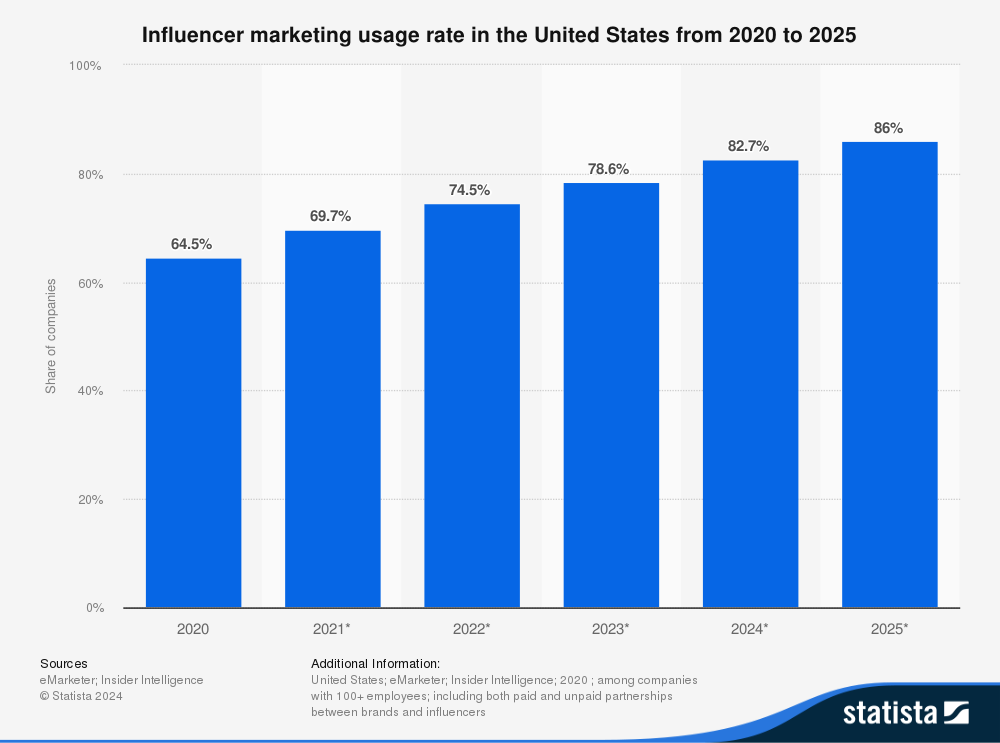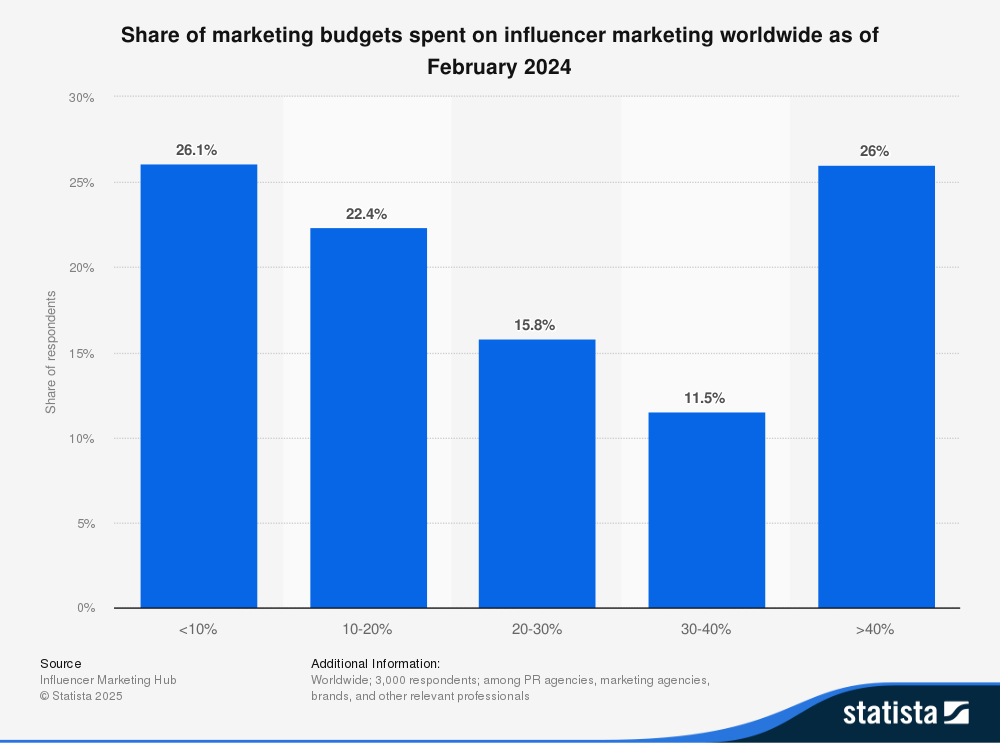This caught my attention because a 22% sales uplift is not a rounding error-it’s the kind of number that makes CFOs reroute budgets. But the creator economy has seen “uplift” claims before. The interesting part here isn’t the headline stat; it’s why virtual creators are suddenly moving product now, and how to separate signal from vendor slideware.
AI Influencers Drive 22% Sales Uplift – beyond the hype, here’s what’s actually working in 2025
- The lift is real in certain verticals (beauty, fashion, low-friction DTC), but it hinges on shoppable infrastructure, not just a shiny avatar.
- Micro and niche virtual creators outperform big-name synthetics on cost-adjusted ROI; think 10K-150K followers with tight community fit.
- The biggest unlocks are operational: AI-powered discovery and attribution (CreatorIQ, Upfluence, HYPR, Heepsy, Influencity) plus clean promo-code/UTM discipline.
- Brand trust, disclosure, and creative fit still make or break outcomes-an uncanny mascot slapped on a product is a fast path to backlash.
{{INFO_TABLE_START}}
Publisher|Base.tube
Release Date|2025-11-01
Category|Analysis
Platform|Multi-platform (Instagram, TikTok, YouTube; SaaS)
{{INFO_TABLE_END}}
Let’s ground this. Virtual influencers aren’t new—Lil Miquela (Brud) has been pairing storytelling with fashion cycles since 2016, with Shudu, Imma, and Noonoouri carving out luxury, cultural, and ethical niches. What changed in 2024-2025 is the stack: higher-fidelity generative video, Shorts/Reels dominance that favors frequent posting, and tighter affiliate rails that make conversions traceable. When reports cite “22% sales uplift,” they’re usually talking incremental lift against a baseline, not pure conversion rate. Translation: the avatar didn’t turn water into wine; the combo of precise audience fit, relentless iteration, and frictionless checkout did.
On performance, I’m seeing two repeatable patterns. First, vertical specificity wins. A virtual stylist pushing mid-tier beauty SKUs with clear before/after and link-in-bio shoppability drives meaningful lift. A photoreal avatar pitching high-consideration electronics? Cute views, weak conversion. Second, micro and nano synthetics are quietly punching above weight. Heepsy and Influencity’s micro-focus aligns with what many of us see in the trenches: tighter communities, higher comment quality, fewer bot issues, and better CPM-to-CVR math than top-tier avatars with luxury vibes.

Tooling matters more than the avatar’s cheekbones. Discovery and vetting have become the choke point for everyone. Platforms like CreatorIQ, Upfluence, HYPR, and Julius are leaning on AI to clean audiences, score engagement quality, and predict fit. The real efficiency gain isn’t “AI picks your influencer”; it’s knocking 60-80% off the manual audit grind so humans can spend time on creative and offers. Meanwhile, Jasper and Synthesia are enabling rapid content variants—different hooks, languages, CTAs—so you can A/B at the speed Reels demands. Just keep disclosure airtight; FTC rules don’t care if your talent is carbon- or silicon-based.
Let’s talk brand risk. Virtual faces promise consistency, but consistency without credibility backfires. The Shudu controversy years ago is a reminder: representation, authorship, and intent matter to audiences. If your AI creator comments on social issues, who’s actually speaking? Is the training data ethical? Do you have likeness rights nailed? I’ve seen campaigns with gorgeous avatars crater in comments because the narrative felt manufactured, while Noonoouri-style purpose-led storytelling found real traction by owning its POV from day one.
Measurement is another sand trap. That “22%” can evaporate if you’re double-counting view-throughs or relying on black-box platform attribution. If you want confidence, design the test: matched creative across human vs. virtual talent, controlled audience splits, unique codes/UTMs, server-side events where possible. Track not just last-click sales but assisted conversions and repeat rate. The best-performing programs I’ve reviewed pair an always-on synthetic spokesperson with episodic human collabs to spike credibility—then let the avatar do the heavy lifting on continuity and localization.

A final practical note: don’t add another dashboard just because it has “AI” stamped on the login screen. Teams already drown in tabs. Use your existing influencer or affiliate platform as the spine, bolt on AI features that remove steps (fraud checks, lookalike discovery, comment sentiment triage), and automate monthly performance memos so stakeholders see lift without you building 50-slide decks.
What this means for creators and brands
- Independent creators: Consider a parallel AI persona you own outright. Keep your human brand for trust-heavy work; let the avatar scale tutorials, multilingual how-tos, and evergreen promos. Treat it like a character with a style guide, not a filter.
- Brands: Pilot 5–10% of influencer budget into synthetic tests across 2–3 niches. Bundle: one micro virtual creator + clear offer + shoppable link stack + comment moderation. Judge by blended CAC and repeat, not vanity views.
- Agencies/Platforms: Your edge is integration. Offer a clean pipeline from discovery to shoppable content to attribution, with explainable AI scoring and mandatory disclosure baked in.
TL;DR
AI influencers can drive real sales when paired with shoppable rails, tight audience fit, and disciplined measurement. The avatar isn’t the strategy—the system is. Build for credibility, test like a scientist, and let AI accelerate, not dictate, your creative.
Leave a Reply